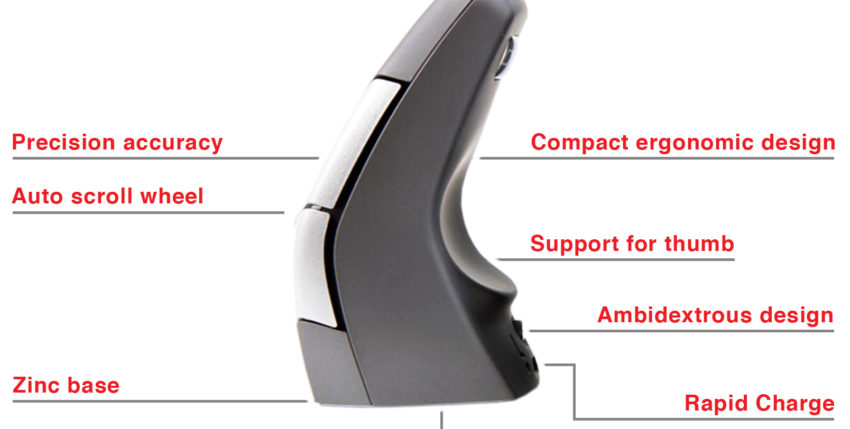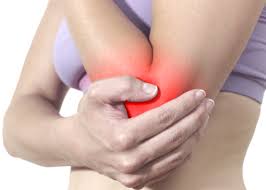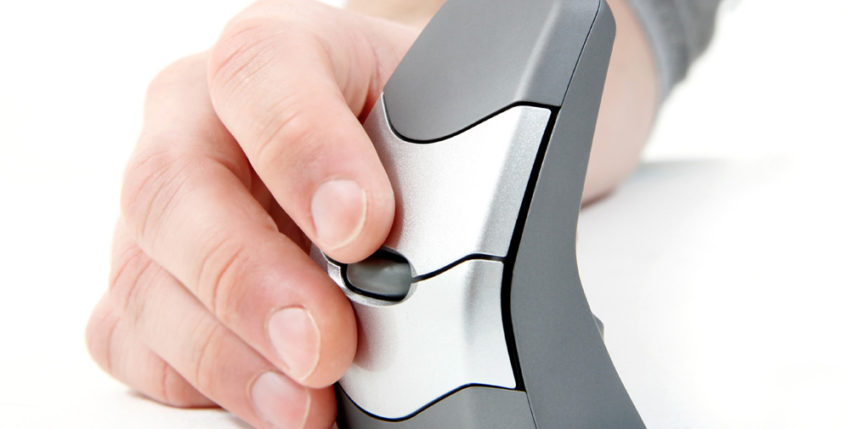Best Ergonomic Computer Mouse for Repetitive Strain Injury (RSI)
The best ergonomic mouse to manage repetitive strain injury (RSI)
By Stephen Bowden, Chartered Ergonomist
Repetitive strain injury is described by the NHS a ‘general term used to describe the pain felt in muscles, nerves and tendons caused by repetitive movement and overuse’.
Sometimes referred to as ‘Upper Limb Disorders’ common areas of discomfort are normally found within the forearms and elbows, writs/hands and neck/shoulders.
Prior to the computer, the majority of repetitive strain injuries were found within the manufacturing industry. With computers including smartphones and tablets now dominating the modern world, RSIs are a common issue that can affect wellbeing and productivity.
Potential symptoms […]
Read more »



